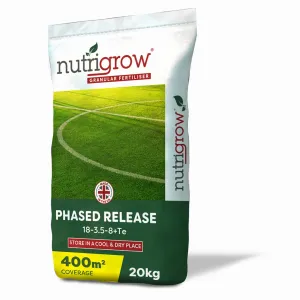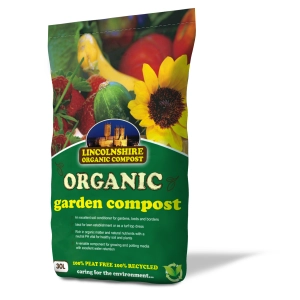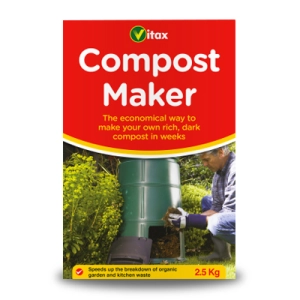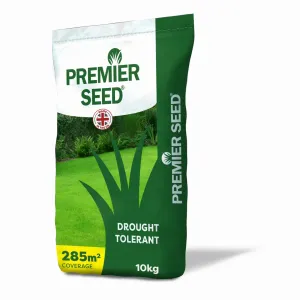Most British gardens prefer a temperate climate without the extremes we have witnessed in recent years - specifically extreme heat and drought. Gardeners in the south and those facing dryer conditions are beginning to get used to:
• Parched lawns
• Leaf scorch (particularly with susceptible plants like Acers)
• Reduction in availability of thirsty plants (like hydrangeas)
• Increase in use of wetting agents to improve water availability
• Requirement for more organic matter to enrich soil
Some of our most drought resistant plants in Europe come from Mediterranean countries, where rain is scarcer, and soils are dryer. Taking our lead from these hotter gardens can help us plan changes to our own.
Gardens exposed to heat and drought face a unique set of challenges, the primary one being access to water. Collecting rainwater is crucial for dry gardens – as is being able to store it safely through summer, especially in drought prone regions experiencing hose pipe bans.
Creating gardens that are resilient to dry weather
A lack of adequate water inhibits the growth of plants and therefore their ability to take up nutrients.
However, while some plants will quickly wither, turn brown, crisp and die, others will cope well with dry soils and high temperatures. It pays to prioritise and give up on ultra thirsty plants in favour of heat happy ones.
Dig plenty of organic matter into your soil. This will help improve its structure and water retention properties which in turn will help make moisture available to plants. Well-rotted garden compost, bark and manure will all aid this process.
Use a wetting agent on your lawn to help water penetrate and move freely through the soil. Wetting agents can help reduce the volume of water needed to water a lawn by up to 50%.
Choose drought happy plants, but provide shade for other plants too to prevent the worse of the summer heat from impacting them. You can achieve this by planting larger plants on the south and west side of smaller less-resistant plants so that they provide additional shade during the hottest parts of the day.
Choose a fertiliser appropriate to your lawn and plants and use carefully to the manufacturer’s instructions. In very dry weather, nutrients can struggle to move from the soil to the plant roots. Fertilisers containing the trace element magnesium can aid this nutrient uptake.
Plants that receive the correct nutrition use water more efficiently and won’t be so thirsty in very hot weather as those that are not correctly nourished. Don’t over fertilise however - you want to avoid generating too much green foliage that will go on to require more water.
Mulch is a highly effective way of helping to prevent moisture evaporation from soils. Bark, gravel, compost, pebbles and white stone chips all act very well to keep the soil moist in very hot weather.
Ensure you take care to eliminate all weeds around plants and in lawns. Weeds will compete with your lawn and plants for moisture, and many do this very successfully in periods of drought - exploiting weaknesses in plants to take over our lawns and borders. Choose a good selective weedkiller for lawns and do take advice from our technical team if you are unsure which product is best for you.
Essential dry weather kit list
If you think your garden may be impacted by future drought, here is a list of key items to keep in your garden store:
• Westland Landscape Bark 90L
• Compost Maker 2.5kg
• Abzorb Triple Action Wetting Agent 1L
• Feed and Weed, Moss Killer for Lawns and Grass
• Phased Release Fertiliser 20kg
Further reading
• How To Guide - What are wetting agents?
• How To Guide - How To Deal With Lawn Drought
• How To Guide - How to help your lawn cope in warmer weather
• How To Guide - What is mulch?
• Summer Fertilisers
Dealing with the erratic nature of the weather will be challenging when deciding on strategies for resilience in the garden. When it comes to extreme weather, those gardeners in the midlands and central UK counties may of course have a bit of everything to contend with too.
Planning for all eventualities is difficult if you’re keen to get plants established and generate crops, but the key activities set out here should help your garden cope with extreme heat and bounce back again.











